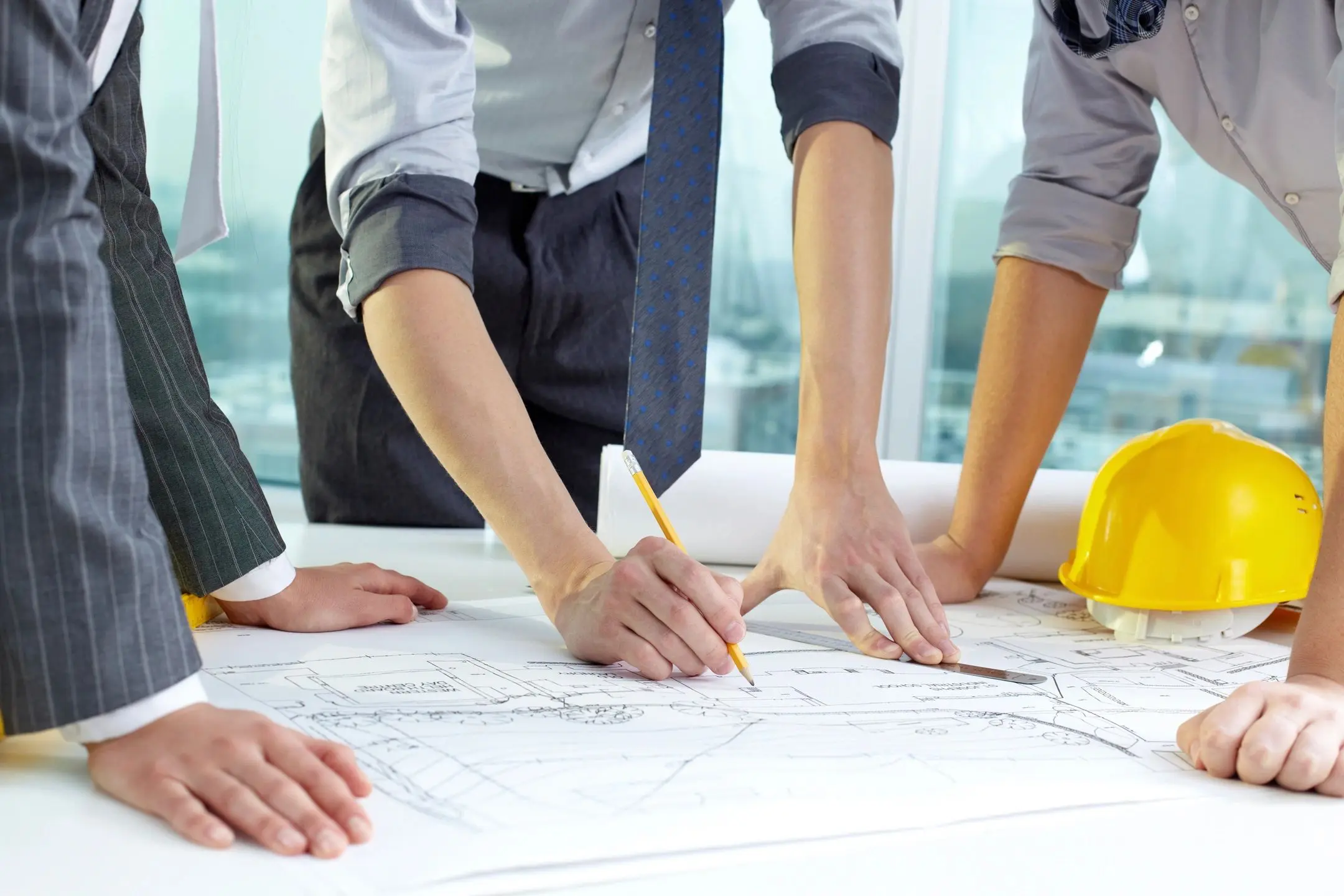
Our Approach to Hydraulic Engineering
MAS Building Hydraulics takes pride in our holistic approach to hydraulic engineering, focusing on delivering sustainable and efficient solutions for our clients across the Central and Southeast Queensland and NSW regions. Our team of experienced hydraulic consultants specialises in a wide range of building hydraulics services, ensuring your project meets the highest quality and compliance standards.
Hydraulics Services Overview
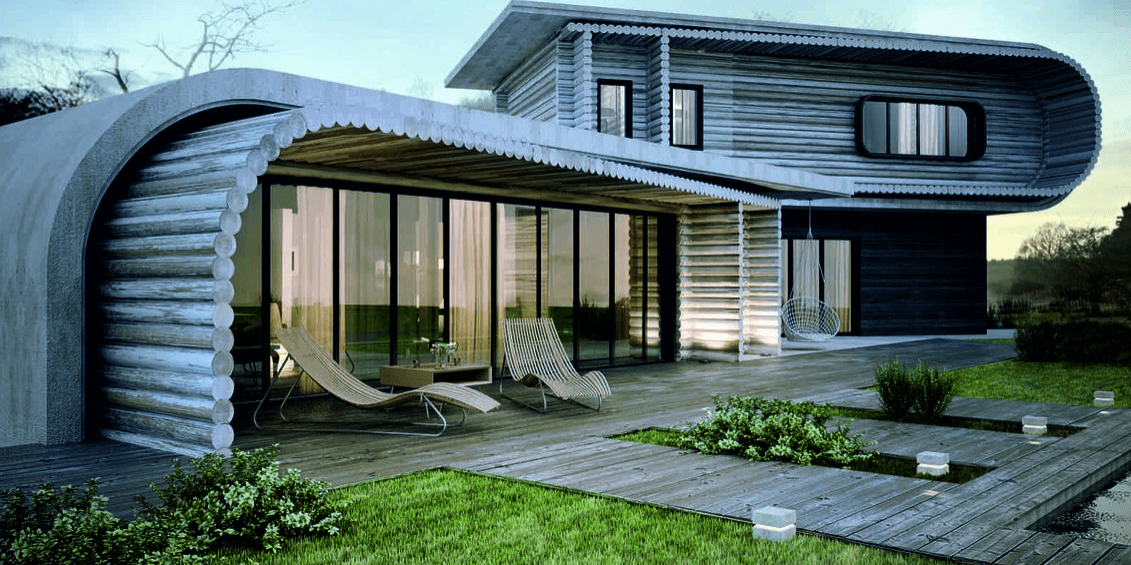
Is your new build on a site with a Soil Classification of Class “H1 | H2 | E | P”?
Your build will need Site-Specific Pipework Articulation designed as part of your local council plumbing approval. Be Aware: Some Council’s will accept generic detailing of plumbing articulation within the Soil or Foundation reports, but constructing through interpretation of these details can sometimes be a costly affair, and should a problem ever arise, no one will take responsibility. Our Sanitary designs will ensure design of the most cost-effective solution for your build and ensure safety to your plumbing.
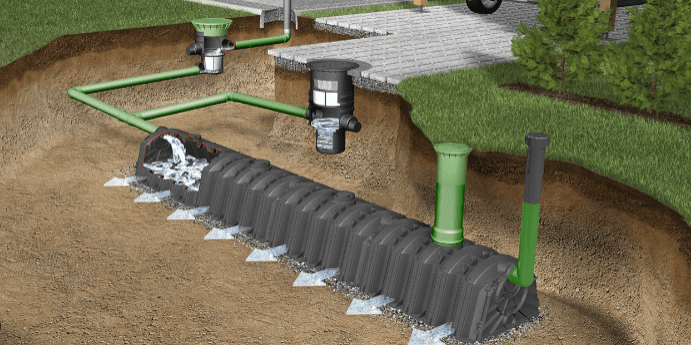
Designing a stormwater drainage system involves planning to manage rainwater runoff effectively. Consider site evaluation, calculating runoff, following design criteria, planning flow paths, incorporating infiltration and erosion control measures, ensuring maintenance access, implementing water quality treatment, utilizing green infrastructure, and using hydraulic modelling for optimization. Work with our experienced hydraulic design team for effective stormwater management solutions.
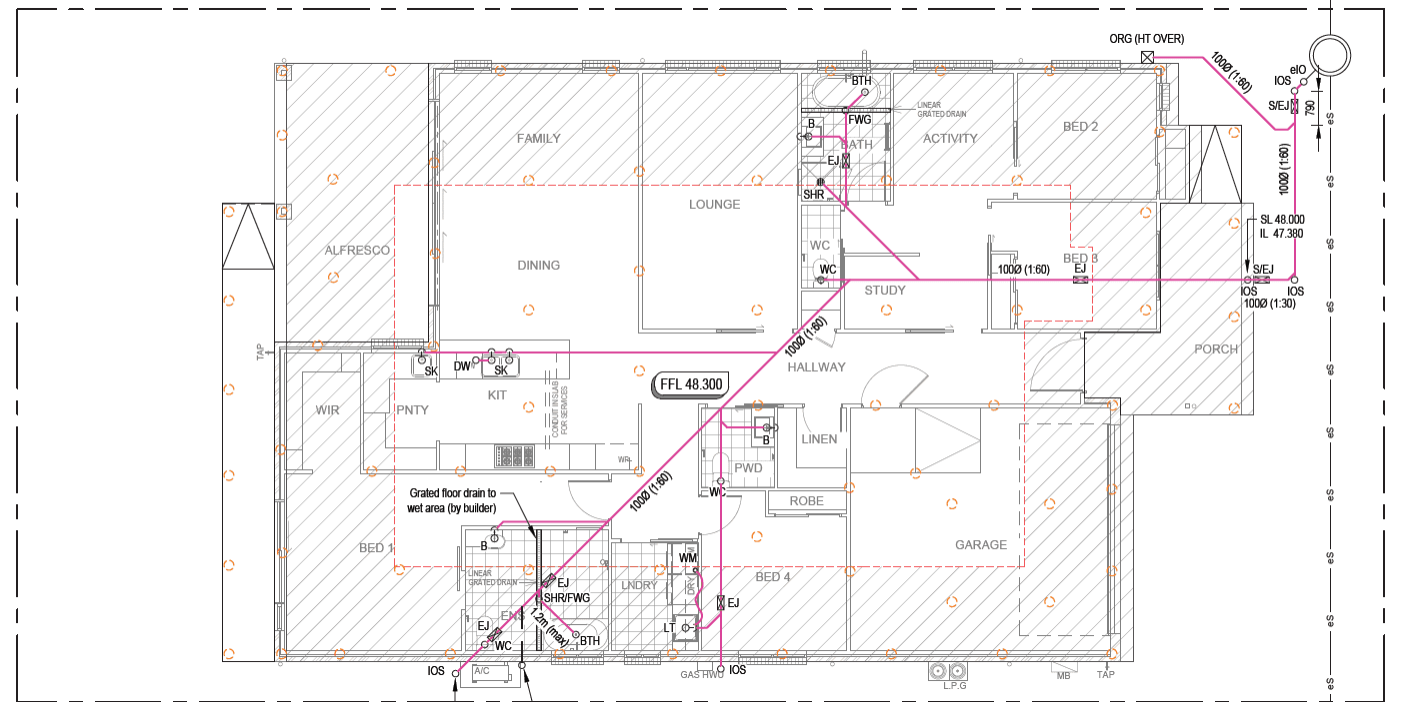
Building in N.S.W.?
Is your Site Classification: Class H1 | H2 | E | P” ?
Since June 2023, The Department of NSW Fair Trading requires for new builds within these classes to be approved under a Pipework Articulation Design & Performance Solution process. Even when your Council is not requesting a site-specific design and approved performance solution, the home-owners new-build warranty will be void for all plumbing related issues, all of New South Wales wide. This includes cracking house, slab & foundation issues, as these are predominantly ground moisture issues, which could be coming from your drainage pipework.

A well-designed water reticulation system is essential for ensuring a reliable water supply at the right pressure & temperature throughout a building. By considering factors such as water supply, pipe sizing, insulation, water heating, valves and controls, maintenance, and accessibility, MAS designers can create a system that meets the needs of occupants while promoting energy efficiency and sustainability.
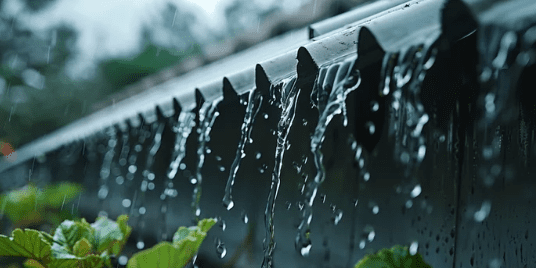
Designing a roofwater drainage system considers proper sizing of drainage pipes to prevent overflow, back-charge and efficient discharge. It is important to comply with local building codes and regulations when designing a roofwater drainage system to ensure that the system meets all necessary requirements. Consulting with a professional in drainage design like the MAS team, can help ensure that the system is designed and functioning correctly.
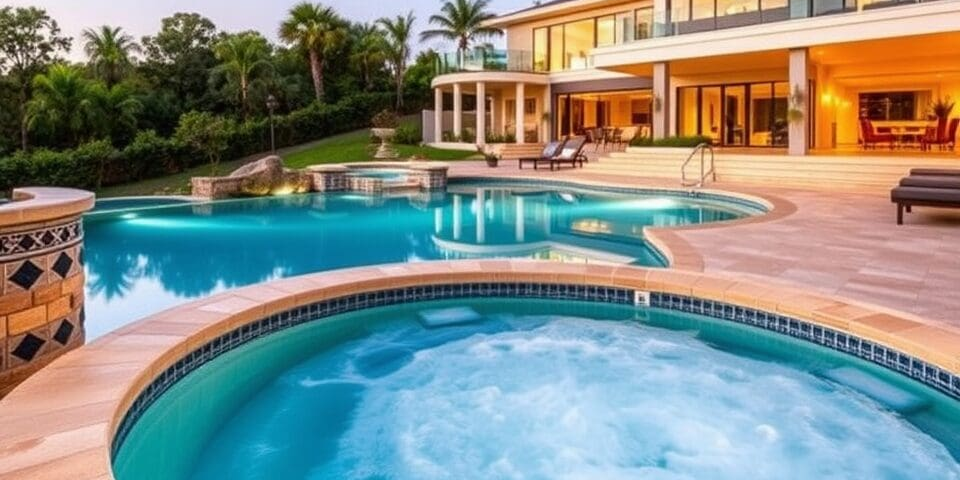
Transform Your Pool Experience with Our Circulation & Heating System Designs!
Dive into year-round comfort with our advanced pool circulation and heating solutions, allowing you to enjoy crystal-clear water at the perfect temperature, no matter the season. Our energy-efficient systems save on bills while providing tailored designs to fit your unique pool needs. Count on reliable performance for consistent heating and optimal water flow, ensuring endless enjoyment.
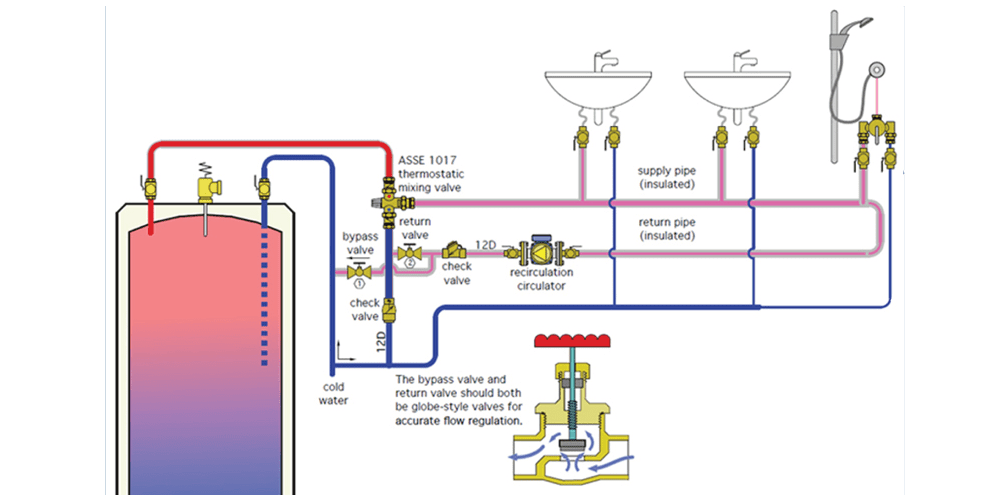
Tempered water systems are designed to provide water at specific temperatures, commonly required within buildings for the purpose of NDIS, Age Care, Childcare, Schools & Hospitals.
Circulating water systems ensure that in large scale buildings or floor plans with singular points of hot water, that the hot water within the pipework is constantly circulated through a closed loop system to ensure that hot water is delivered to fixtures fast, efficiently and to the right temperature.

Box gutters are a common type of gutter used for commercial and residential buildings. They are designed to be integrated into the roof structure, rather than being attached to the edge of the roof like traditional gutters. When designing box gutters, it's important to consider factors such as sizing, fall, material selection, expansion joints, overflow provisions, maintenance access, and compliance with building codes to ensure an effective and durable gutter system for your building. Talk to the MAS team for obtaining a professional design certification.
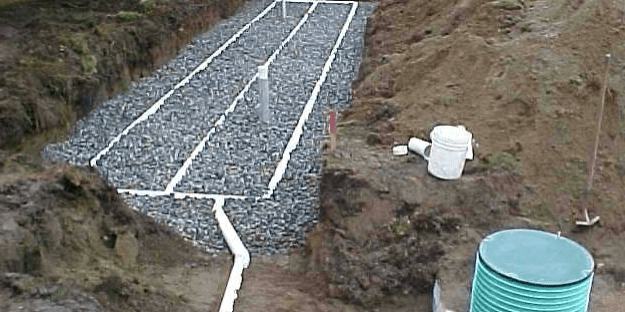
As part of every Site & Soil Evaluation, before submitting to Council for plumbing approval, you will require to have the effluent disposal system and required reserve disposal areas designed. MAS Building Hydraulics designs are different to most in the way that our designs allow every plumber to provide a supply and install quotation without first needing to get the original report re-designed. Due to our process, we are unable to submit to council directly, but our designs leave you open to choose an appropriate system and installer, without being locked in with having to use a designer preferred system or supplier.
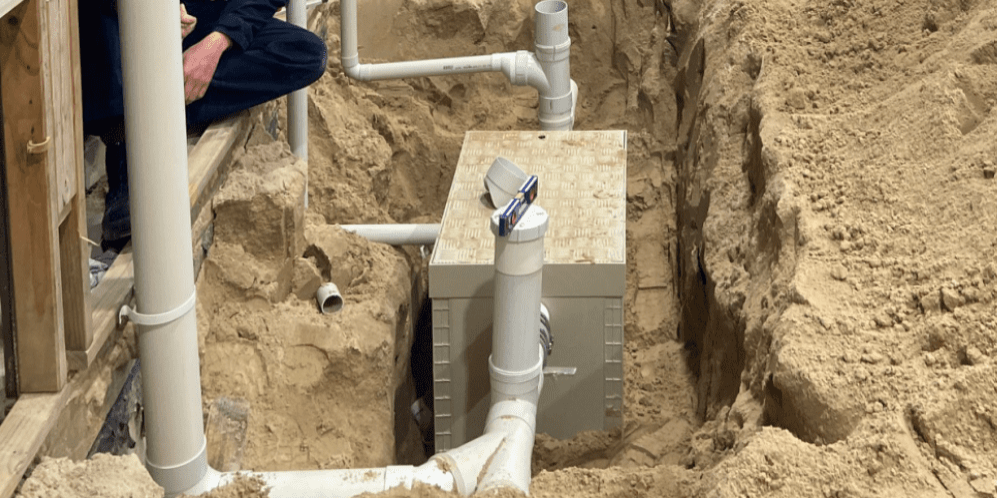
Trade waste drainage design involves planning and implementing a system to manage industrial or commercial waste drainage. It considers factors like waste type, volume, facility layout, regulations, and environmental concerns. The design includes selecting durable materials, planning layout for proper flow, and incorporating equipment like grease traps. The goal is to create a reliable, efficient system that meets facility needs, complies with regulations, and minimizes environmental impact.
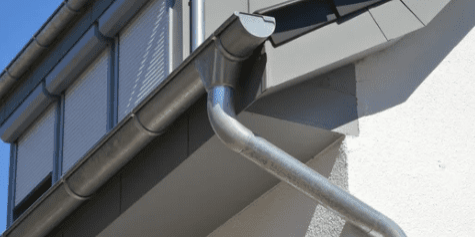
Gutters collect rainwater and direct it to downpipes, which carry it to the in-ground roofwater drainage system. Professional design to Australian/CSIRO Standard requirements for eave and valley gutters and downpipes sizing ensures water flows off the building without nuisance or building damage.
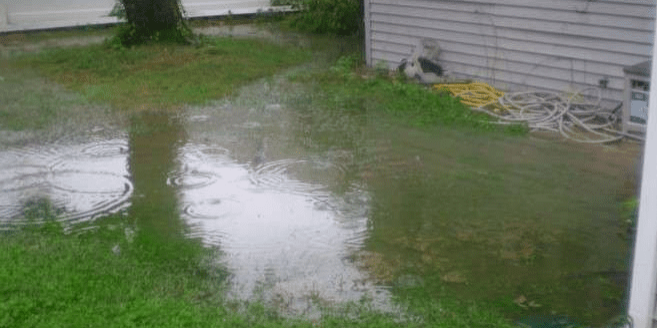
Queensland Flood Code Assessments are vital for assessing flood risks in Queensland. They help property owners and developers understand the potential impact of flooding on their properties by analyzing factors like topography and historical flood data. By following the guidelines from these assessments, stakeholders can make informed decisions to minimize the risks associated with flooding and create more resilient communities.
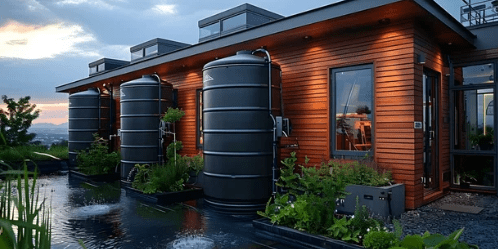
Rainwater reuse and filtration systems are essential for sustainable water management. They help conserve water, reduce strain on traditional sources, mitigate stormwater issues, and promote water quality. By capturing and treating rainwater, these systems offer a cost-effective and eco-friendly solution for water conservation and efficiency, benefiting both individuals and communities in the long run.
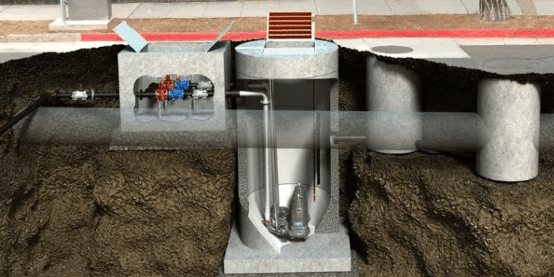
Residential stormwater and sewer pump systems are essential for homes in flood-prone areas or with poor drainage. Stormwater pumps manage rainwater to prevent flooding and property damage. Sewer pumps move wastewater to the sewer line, crucial for properties with fixtures below the main line. These systems ensure effective water management, preventing damage and health hazards.
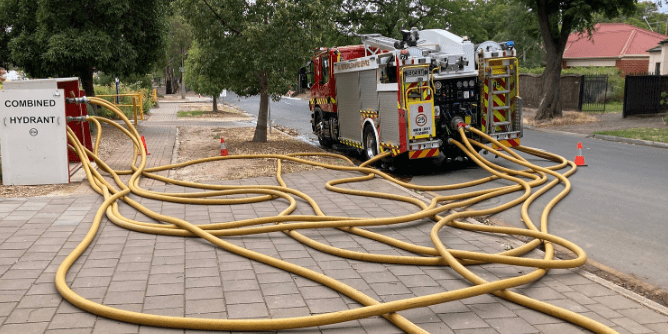
A fire hydrant and hose reel system is essential for fire protection in buildings, but not every development requires them if they achieve coverage from street hydrants. When coverage is not achievable, the on-site system design includes strategically placed hydrants for firefighters to access water quickly and hose reels for occupants to use in case of small fires. It is required by building codes to ensure safety, providing a reliable water source to contain fires and protect lives and property.

Natural gas service design involves planning and implementing infrastructure to deliver natural gas, while LP gas service design does the same for liquefied petroleum gas like propane. You need these designs to safely and efficiently connect properties to gas supplies for heating, cooking, and more. Proper design ensures compliance with regulations and standards, enabling the benefits of using gas while minimizing risks.
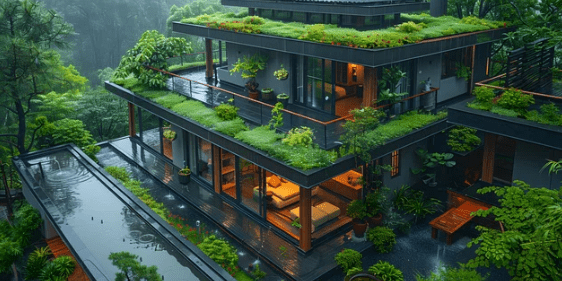
A flat roof with a balcony and planter box drainage design is a system specifically designed to manage water and prevent water damage on flat roof structures that have balconies and planter boxes incorporated into their design. This design helps to ensure proper drainage of rainwater and prevent water from accumulating and causing structural damage or leaks. Having this design is important because flat roofs are more prone to water pooling, which can lead to leaks and structural issues over time. Balconies and planter boxes can further complicate drainage issues if not properly addressed. By incorporating a specialized drainage system, you can protect your flat roof, balcony, and planter boxes from water damage, ultimately extending the lifespan of your property and reducing the need for costly repairs in the future.
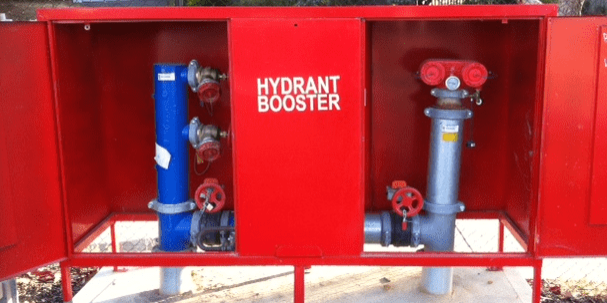
Fire and water service boosters and pump systems are crucial components of a building's fire protection and water distribution infrastructure. These systems ensure adequate water pressure for firefighting purposes and general water distribution within the building. They help boost water pressure in sprinkler systems, standpipes, and fire hydrants during a fire emergency, enabling effective fire suppression and providing firefighters with ample water supply. Additionally, these systems ensure sufficient water pressure for domestic use throughout the building. Overall, these systems are essential for safeguarding lives and property by ensuring proper water flow and pressure in both emergency and everyday situations.
Ask for a Quote
Ready to start your project?
Request a personalised quote tailored to your needs. Our team is here to assist you every step of the way and ensure that you receive the best possible solution for your hydraulic engineering requirements.


